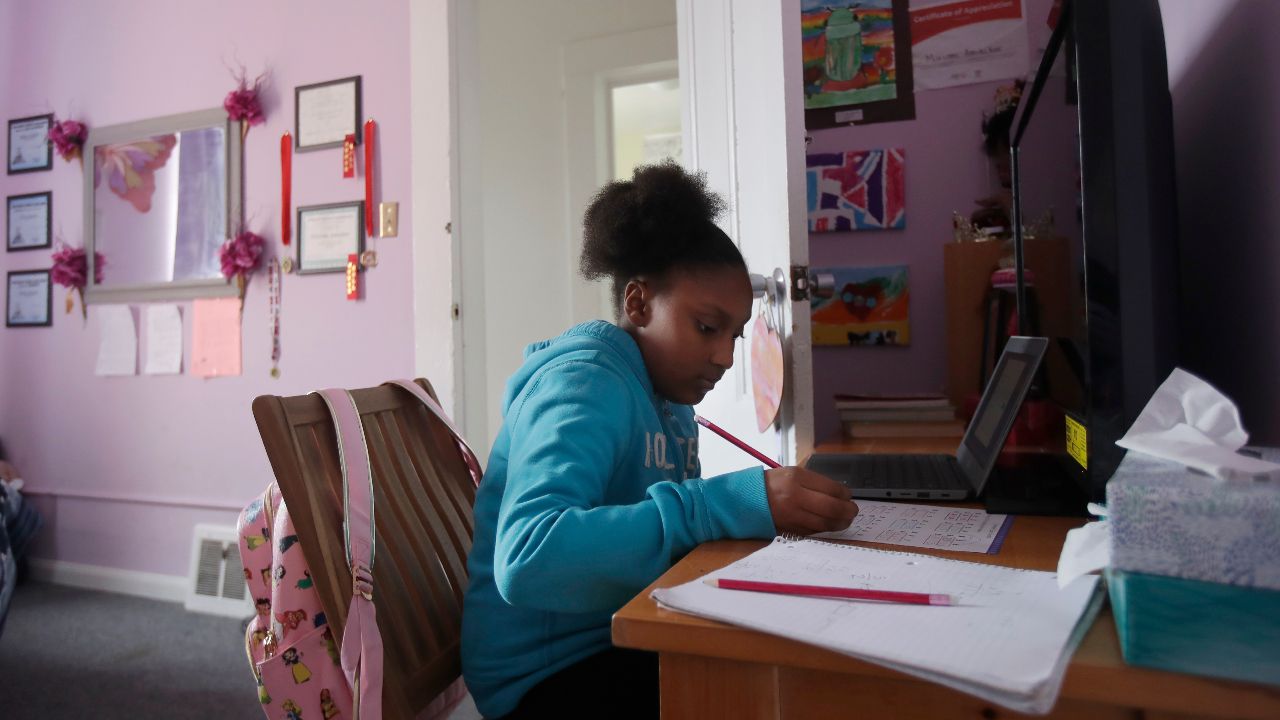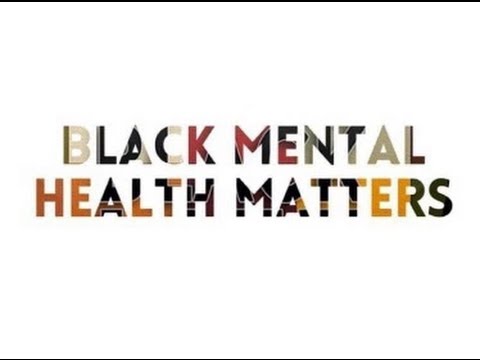
By: Shecondria Duncan
Monthly rent is steadily on the rise in every state in America. Yet, the federal minimum wage is still only $7.25 per hour. A full-time employee earning this amount has a gross monthly income of around $1,160. So how is it that families living on minimum wage can afford their monthly rent, utilities, and other necessary resources when the lowest average rent in America is around $700 or more a month? The answer is simple. They can’t. The truth is millions of families in America struggle daily to provide for their families due to low minimum wages. As a result, they often become homeless and have individuals at high risk of developing anxiety, depression, and nutrition-related health disorders.
Minimum Wage Puts Families at Risk of Homelessness
The most needed resource for any family is a place to call home. Our homes provide the foundation and support we need to function properly at work, school, and even in our relationships with our friends and coworkers. They are where we eat, sleep, and perform the tasks that build and support our self-confidence, like learning how to care for our personal hygiene. The current low minimum wage puts families at risk of losing these livelihoods and widens the gap of the poverty line for millions of Americans.
For a family of two, the poverty line is $17,420. If the family breadwinner only earns minimum wage, their yearly salary before taxes adds up to $15,080. That is $2340 below the poverty line. That gap increases to $11,000 for a family of four. So, not only are some families experiencing poverty, if they are earning $7.25 per hour, they are falling well below the current poverty line. Thus, making it impossible for them to afford rent, utilities, and other necessary monthly resources.
Anxiety & Depression Are Often Symptoms of Low Wages
Think about it, how would you feel if you could not afford your monthly expenses not because you’re unemployed but because your job does not pay enough. It would feel like adding insult to injury, right? Unfortunately, this is true for millions of Americans. They wake up early in the morning, bus their children off to school, and work for 8 hours or more five days a week at a job whose salary won’t pay their monthly bills. Inevitably, most of them fail into depression or experience anxiety more often than they desire. What’s more, their depression and anxiety can affect the way they raise their children.
According to a Yale Medicine article, parents who are depressed interact differently with their children, so much so that it affects the child’s development. They are said to use less emotion and expressivity in their language when interacting with their babies. In addition to that, they often use less eye contact. Unlike parents who are not depressed, they lack the energy and liveliness to interact with their children, hindering them from engaging in fun activities like playing outside or reading books.
Low Minimum Wages Put Families at Risk of Nutrition-Related Health Diseases
When you are down to your last few dollars the last thing on your mind is purchasing healthy food for your family. The biggest goal for families in this situation is simply to put food on the table. While this solves the problem of hunger, it does little for preventing nutrition related health diseases like diabetes. Many will argue here that most of these families receive some form of government assistance. While this is true, even with government-funded food programs, many families still cannot afford to purchase high-quality foods for their entire families. Consequently, rather than having access to foods that are organic and free of genetically modified organisms or GMOs, low-income families often eat foods that contain unhealthy food additives like high fructose corn syrup and MSG, both found in most processed foods.
In short, besides the few states with an average rent of a little over $700, the average rent for a one-bedroom apartment in most states is $1080.00. This fact alone reveals that low minimum wage in America has upgraded from a crisis to an epidemic. Why? Because families who earn minimum wage can no longer meet their basic needs even as full-time employees. Before this epidemic gets further out of control, the federal government must take a stand and give the federal minimum wage the increase it deserves.






